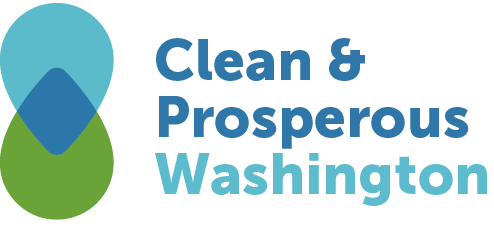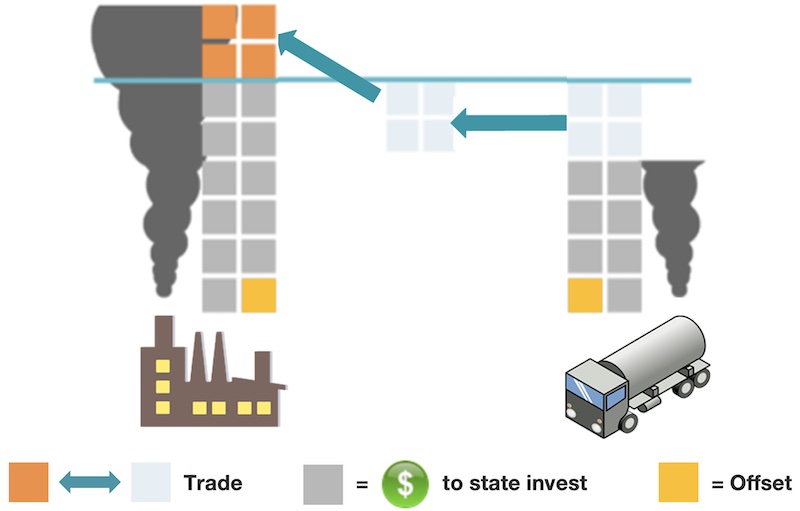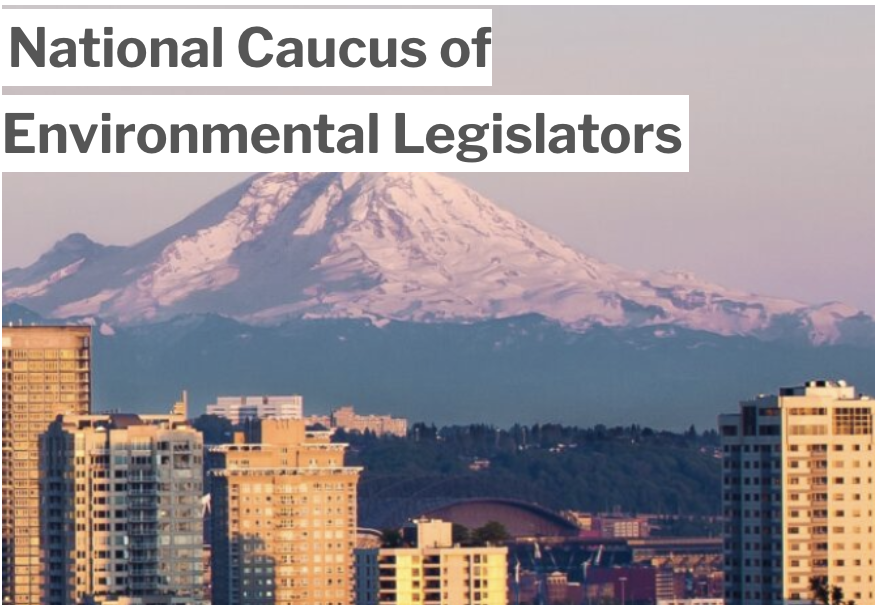3 things to know about the CCA
Because today marks a momentous milestone on Washington’s course to a clean economy, you’ll read and hear a lot about the first Climate Commitment Act (CCA) auction of emission allowances. But because the CCA is a carefully-crafted yet complex solution to a complex problem, there are three key points that get lost in much of the coverage:
- Investments funded by the CCA serve as an accelerant to progress
- Yes, the CCA is a cap and trade system, capping emissions and trading allowances, but importantly, it’s a cap, trade, and invest system. While the declining cap ensures greenhouse gas emission goals are met, and the carbon trading system brings the efficiency of market forces to bear, the funds that are raised from carbon emitters will be invested in solutions that accelerate our state’s progress to a cleaner, more energy-independent economy. Investments may include EV infrastructure, renewable power sources, dairy digesters, hydrogen production facilities, wildfire mitigation, and so much more. By law, 35% of these investments must benefit overburdened communities, and a minimum of 10% go to projects with tribal support. Tani Colbert-Sangree of the GHG Management Institute writes, “Ultimately, as the policy enters its first auction, it appears that cap-and-invest will result in better EJ (environmental justice) outcomes than past cap-and-trade efforts. Washington state has potentially developed an elegant and best-in-class program for future climate policy to build upon, but at the very least it presents a valuable test case to further refine policy recommendations for carbon pricing and EJ.”
- Market forces are more powerful than regulations or incentives alone.
- Emitters covered under the CCA must buy carbon pollution allowances and may trade those allowances with other entities. To bring the potency of free-market forces to bear, bringing overall statewide emissions down faster and more efficiently, all businesses in the state are invited to participate in the carbon market. For example, a business that can economically reduce its emissions below the cap is well-positioned to profit by selling unneeded allowances to a covered business that needs more time to reduce its own emissions. In other words, individual entities are free to make decisions that are best for their business, but overall emissions are guaranteed to come down, and to come down in the most efficient, market-driven ways.
- “Emissions-Intensive, Trade-Exposed” (EITE) industries are covered too.
- After the governor signed the CCA into law nearly two years ago, an 18 month process of stakeholder consultations, economic modeling, and program design followed. Written into the law was the recognition that certain industries need more time to adjust than others, as they face different marketplace challenges. So they were provided no-cost allowances during the first phases of the system, but will have to catch up with the cap. This limits the risk that those industries and jobs will shift out of state to produce the same goods but in an even more carbon-intensive manner, an issue known as “leakage”. Rather than dissuading investment, no-cost allowances serve as a catalyst for industrial decarbonization, as they make it more attractive to invest and resell those allowances on the secondary market. No-cost allowances may also be adjusted for facilities contributing to local air quality concerns.
At a press conference today, standing in front of a fully electric shuttle van, Clean & Prosperous Washington Executive Director Michael Mann said, “This electric passenger van is a prime example of the kind of clean energy transportation that our state needs to invest in. Companies want to transition to clean fuels and all-electric vehicles, and should be getting help from our state in the form of incentives from the dollars being raised by the CCA.”
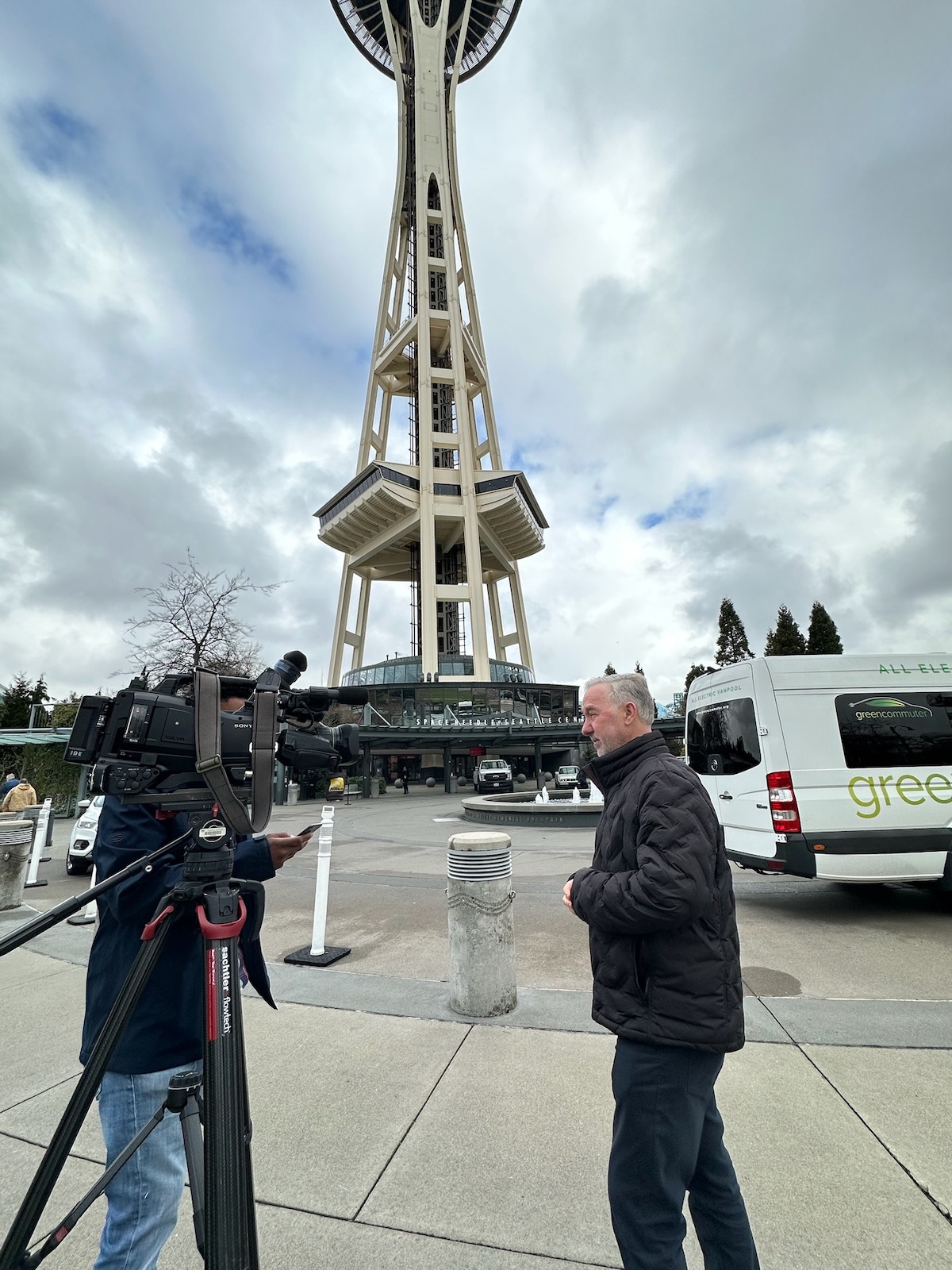
As we pass this milestone on the road to a cleaner future, it’s worth glancing at the rear-view mirror to appreciate how far we’ve come. Cap-and-Trade was first deployed by the George H. W. Bush administration to successfully – and efficiently – combat acid rain.
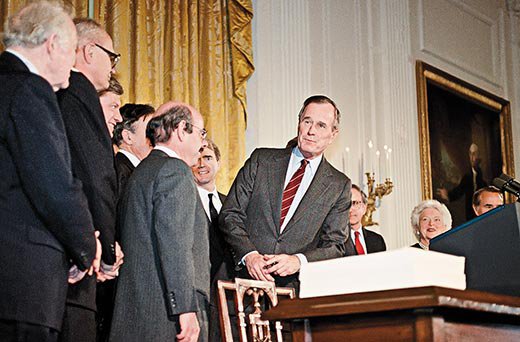
Once President George H.W. Bush signed the Clean Air Act of 1990, the cap-and-trade system had the force of law. But it still had to prove itself in the marketplace. Charles Tasnadi / AP Images
Could it work as well on the climate crisis? California was the first state to put Cap-and-Trade to work on greenhouse gas (GHG) reduction. Results there show targets achieved ahead of schedule, with a healthy economy. Washington state tried to pass various forms of carbon pricing through ballot initiatives and bills, but not until Governor Inslee signed 2021’s Climate Commitment Act did Cap-and-Invest come into force. Now, just as we in Washington state followed California’s lead but improved upon their program, we anticipate other states will follow our lead. Already, the state of New York is beginning the process of implementing a similar Cap-and-Invest system. (And California is considering improvements to their system by referencing Washington’s CCA.)
For a refresher on how the CCA works, see this short explainer:
And for an excellent overview of the CCA, see this easy-to-read piece from the National Caucus of Environmental Legislators:
Results of today’s allowance auction will be announced on Tuesday, March 7 at noon and a public proceeds report released on March 28.
